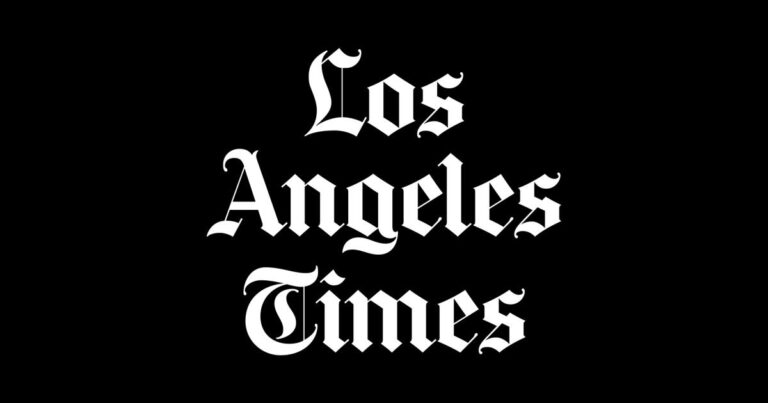Despite important strides in analysis and coverings–from liquid biopsy to vaccines, from precision drugs to CAR T-cell remedy–most cancers stays the main reason behind dying throughout the globe, taking some 10 million lives yearly.
And past simply the devastating human toll, most cancers’s financial burden on sufferers and their households exceeds $21 billion annually, a quantity estimated to achieve $25 trillion between now and 2050.
Recognizing that there’s nonetheless a lot to do if we hope to ever beat this insidious illness, the White Home introduced lately a $240 million funding within the reinvigorated Most cancers Moonshot initiative, which goals to chop the most cancers dying price by half within the subsequent 25 years.
But funding and coverage, whereas crucial, aren’t sufficient on the subject of enabling scientific breakthroughs; unfettered entry to the most recent analysis is simply as very important.
With this understanding the White Home offered a transparent pathway for dashing innovation and facilitating better scientific collaboration: its Workplace of Science and Know-how Coverage (OSTP) issued guidelines making all federally funded printed analysis freely out there—directly, embargos, or subscription paywalls—not only for most cancers, however for all life-threatening and life-altering ailments.
Open science pays dividends
This follow, known as Open Science, focuses on eradicating obstacles to creating and disseminating analysis and affords a promising technique for realizing the Most cancers Moonshot’s targets.
We’d like look solely on the fast discovery of COVID-19 vaccines to know that Open Science not solely works however pays monumental human dividends.
Through the pandemic, all COVID-19 analysis and information have been made out there by Open Science, enabling researchers to search out remedy and vaccine options in file time. That’s proof sufficient to point out that when researchers open and share scientific analysis at scale, they’ll mobilize rapidly, innovate, and save lives.
Shouldn’t most cancers analysis information be made extensively accessible, particularly as new applied sciences make it attainable to hitch the dots throughout monumental datasets?
It appears the reply is a straightforward “Sure!” However whereas scientific analysis thrives on brazenly accessible data, scientific publishing, which disseminates the discoveries, largely depends on restricted, paywalled entry. Greater than half of the world’s printed analysis is locked behind costly subscriptions. And it’s a profitable enterprise: international scientific publishing is a $27 billion business yearly, dominated by a handful of corporations and conventional practices gradual to vary.
Until we embrace Open Science totally, historic achievements like COVID-19 vaccines may be anomalies, and cures for most cancers and different life-threatening ailments could take years, if not a long time, to attain.
Learn Extra: How COVID-19 Is revolutionizing Healthcare Across the World
Because it stands, very important data that would assist save or lengthen tens of millions of lives—particularly as we face unprecedented most cancers drug shortages—isn’t instantly shared, nor extensively accessible, nor free to learn by the very people charged with discovering the required cures and coverings.
And right here’s why:
When researchers do their very important work, be it at public or non-public universities, non-profit or for-profit establishments, it’s typically made attainable by grants from federal funders such the Nationwide Institutes of Well being or the Nationwide Science Basis.
The scientists conduct groundbreaking analysis, pushing the boundaries of data. Then, by opting to publish the outcomes, they get exterior corroboration by way of rigorous peer evaluation, and see their work seem in well-regarded scientific journals. There is a component of status in doing so, and sometimes their profession prospects can depend upon publishing analysis.
Forcing tax-payers to pay once more
However the subscription paywall mannequin means the data in these journals is bought again to universities and establishments who in flip pay massive subscriptions, permitting solely the scientists affiliated to them to entry new analysis.
Deep-pocketed tutorial establishments can properly afford to climb these subscription paywalls. However that leaves the scientists who usually are not affiliated with them in a quandary. And it forces American taxpayers, who collectively fund $5 billion in most cancers analysis annually, to pay once more in the event that they need to learn the outcomes of it.
Absolutely scientific analysis that’s funded by the general public must be freely and instantly out there to that very same taxpaying public. The prevalent publishing enterprise fashions—resembling journals providing restricted open entry to articles, or subscription agreements the place content material escapes its paywall slowly, yr by yr—don’t embrace that easy concept. They only protect an more and more outmoded means of instructing and studying.
Given the promise that Open Science holds for not solely discovering a remedy for most cancers however for serving to tackle the world’s most urgent issues—debilitating ailments, public well being crises, local weather change, and extra—the previous methods of protecting science closed now not make sense from an financial, political, or moral perspective.
At Frontiers, the most-cited multidisciplinary scientific writer on this planet, we now have pursued Open Science since our inception 15 years in the past, and we’re not the one ones. Main analysis organizations like NASA are remodeling the way in which they work to embrace Open Science practices; massive Australian, European, and U.Okay. funders are updating their insurance policies to interchange paywalls with broad and fast dissemination of recent analysis; and the United Nations is a driving pressure behind Open Science coverage suggestions.
Combating most cancers must be no totally different. Science policymakers and funders should mandate Open Science, science publishers have to transition their subscriptions to Open Science fashions quick, and Congress must codify the OSTP tips, which may change by presidential administration, as federal legislation.
Realizing the targets of the Most cancers Moonshot is not going to be simple. However, with 10 million lives at stake annually, Open Science may also help us obtain them.























